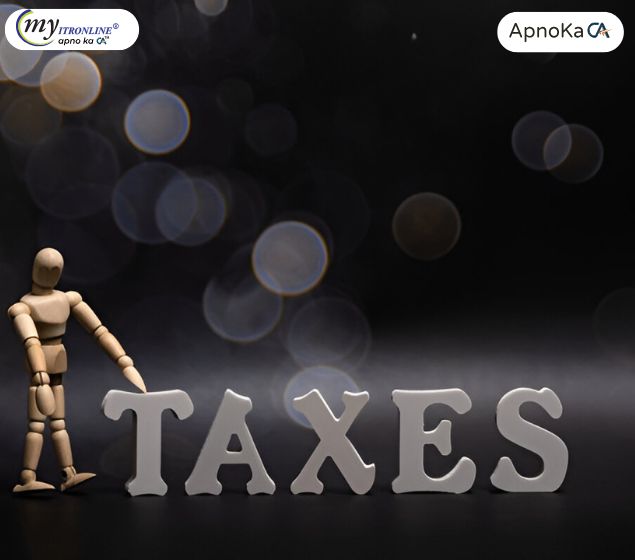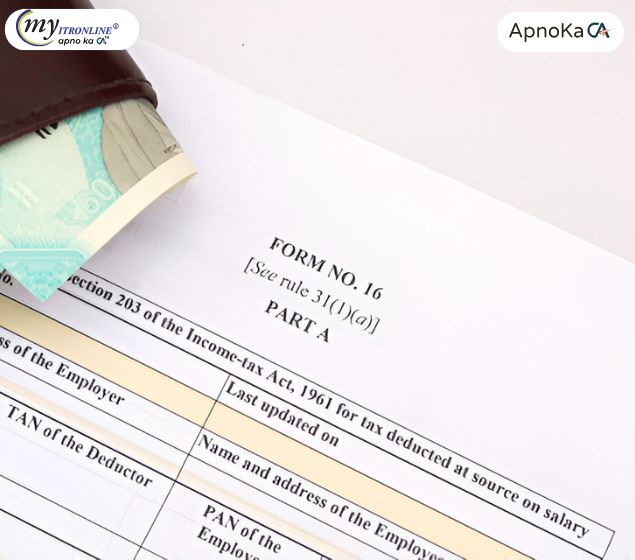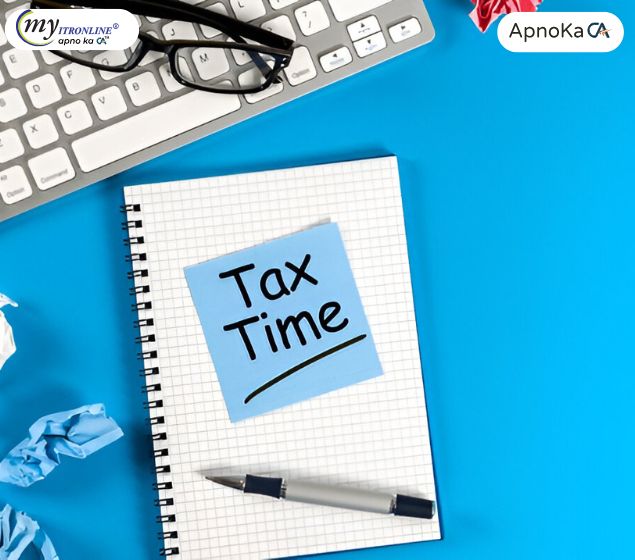# salaried
12 posts in `salaried` tag

CBDT Raises Tax-Free Benefit Limits: Relief for Salaried Employees with Incomes up to 8 Lakh
The Central Board of Direct Taxes (CBDT) has introduced new rules, 3C and 3D, effective August 18, 2025, which raise the income thresholds to 4 lakh (salary) and ₹8 lakh (gross total income) for taxing specific perquisites. This move provides significant tax relief on non-cash benefits for middle-income salaried employees.

Significant Form 16 Updates for FY 2024-25: A Brief Overview!
This blog provides a concise overview of the significant updates to Form 16 for salaried employees in the Financial Year 2024-25. It highlights the increased standard deduction and improved NPS benefits under the new tax regime, along with the inclusion of other TDS/TCS information, guiding taxpayers on what to expect for their upcoming ITR filing.

19 Lakh Salary? Here's How to Pay ZERO Income Tax in the New Regime
This blog delves into the strategic methods allowing salaried professionals to pay nil income tax on a ₹19 lakh annual salary under India's New Tax Regime (effective FY 2024-25). It outlines how leveraging increased basic exemption limits, the enhanced Section 87A rebate, standard deductions, employer's NPS contributions, and smart flexi-pay salary structuring can lead to a tax-free income, complete with illustrative calculations and actionable steps.
.jpg)
The New Tax Regime Advantage? Standard Deduction Changes for FY 2024-25 Explained
Grasping the concept of standard deduction is essential for every salaried person in India. Following the recent updates in the Union Budget 2024, the framework for standard deduction has changed, particularly within the new tax framework. This comprehensive guide clarifies what standard deduction entails, the updated limits for both regimes, eligibility criteria, advantages, and practical illustrations.
.jpg)
Got an Income Tax Notice? A Salaried Professional's Definitive Guide
Receiving an income tax notification can be intimidating, especially for salaried professionals. This comprehensive guide demystifies the reasons behind income tax notices in India, detailing common types (like 143(1), 139(9), 143(2), 148, and 156) and providing a step-by-step approach on how to respond effectively. Learn about discrepancies in income/TDS, defective returns, high-value transactions, and best practices to prevent such communications.
.jpg)
ITR-1 & ITR-2 Filers: Switch Tax Regimes Without Form 10-IEA
This blog post clarifies that individuals and pensioners filing ITR-1 or ITR-2 (without business or professional income) do not need to file Form 10-IEA to switch between the old and new tax regimes on an annual basis. It explains that the choice can be made directly within the ITR form itself each year, even when opting out of the default new regime (effective AY 2024-25) or switching back to it later. The post contrasts this flexibility with the stricter requirement for those with business income (filing ITR-3/ITR-4) who must use Form 10-IEA to opt out and face limitations on switching back.

Comprehending Income Tax Notifications for Employed Persons in India (Financial Year 2024-25): An All-Inclusive Guide
A detailed guide detailing the reasons salaried individuals get income tax notices in India (FY 2024-25), the different kinds of notices, strategies for responding step-by-step, and measures to take in order to prevent receiving notices.
.jpg)
How the New Income Tax Relief Affects Salaried Individuals Earning Up to Rs. 15 Lakh
For salaried people making up to Rs. 15 lakh, the government is recommending income tax reduction. In order to help middle-class taxpayers, this blog explores potential adjustments to income tax slabs, improved standard deductions, and expanded savings opportunities. People can improve their financial planning by comprehending these suggestions.
.jpg)
Form 24Q Compliance for Salaried Employees – January 2025 Relief Measures
With effect from January 2025, the revised Form 24Q for TDS returns provides salaried employees with more clarity and accuracy in their tax deductions. Pre-filled tax calculations, a thorough income breakdown, and adherence to the new tax regime are some of the major adjustments. This improvement simplifies compliance for employers and guarantees employees faster refunds and easier tax filing.
.jpg)
Understanding Form 12BAA: Essential Tips for Salaried Individuals
Form 12BAA was created by the Income Tax Department to simplify salary tax deductions. In order to ensure correct TDS deductions and improved tax planning, this handbook assists salaried staff in understanding its goal, essential components, and use.

A Complete Guide to the Amendments to the Income Tax Act of 1961 to the Finance Act of 2024
An extensive overview of the changes made to the Income Tax Act of 1961 by the Finance Act of 2024 may be found in this blog article. It discusses the main adjustments, their effects on taxpayers, and the new tax system, tax rates, deductions, and exemptions.

Save Big on Taxes: Understanding Income Tax Allowances for Salaried Employees in India
An extensive guide on India's income tax benefits for salaried individuals for the fiscal year 2024 may be found in this blog post. It includes a number of allowances, including standard deduction, professional tax, perks, medical allowance, housing rent allowance (HRA), transportation allowance, leave travel allowance (LTA), and medical allowance. The article also discusses other Section 80C, Section 80D, and Section 24 deductions that are possible, such as interest on house loans, medical insurance, and investment-linked deductions. Salaried people can maximize their tax savings and reduce their taxable income by being aware of and utilizing these deductions and allowances.
